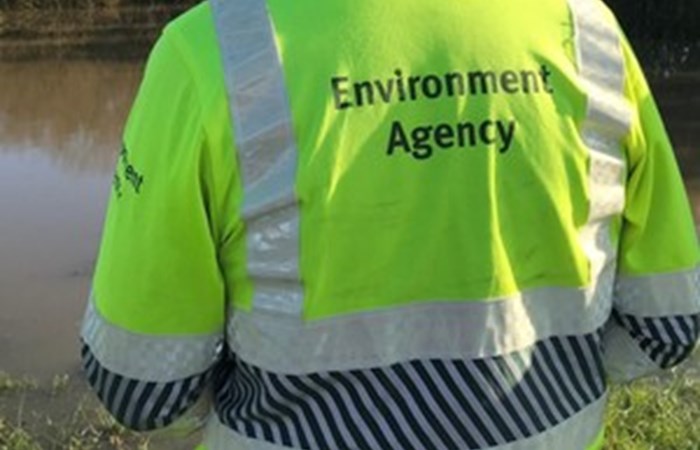Environment Agency

After the fifth consecutive month of below average rainfall and the driest spring and early summer since 1996, river flows and reservoir levels are below normal in most parts of the region.
The dry weather has been most prevalent in the Tees catchment, which recorded its driest 12 months ending July since 1976.
In the North East, the Environment Agency is working with Northumbrian Water to maintain the health of the regions rivers, with the companys Kielder Transfer Scheme moving around 30 megalitres of water per day from Kielder reservoir into the River Wear through its Frosterley outfall for 12 days at the end of July, the first time a Tyne-Wear transfer has been made in 16 years. The transfer started again on Thursday afternoon (11 August) due to low river levels at Chester-le-Street.
The Agency also requested Northumbrian Water make additional releases from Kielder reservoir into the River Tyne to maintain oxygen levels in the estuary to support salmon migration in the countrys top salmon river. Almost 12,000 fish were counted moving upstream during July, the highest July total on record.
Theyve worked with holders of 35 abstraction licences to issue hands off flow conditions,?which means licences holders have been told that river levels are low and as a result abstraction must stop to protect the environment.
Rachael Caldwell, Environment Agency Area Environment Manager in the North East, said:
River flows across most of the North East are low after a prolonged period of dry weather, and with the warm weather set to continue we expect levels will continue to drop.
Were looking at the impacts of dry weather across the region to make sure we can act to preserve water for wildlife and people as we experience extreme weather conditions.
We are taking action alongside Government, water companies, environmental and angling groups and farmers to manage these impacts, such as operating water transfer schemes and managing abstraction licences.
On 9 August the Environment Agency declared prolonged dry weather in the North East.
Prolonged dry weather is a natural event which has become more likely with climate change. It occurs as a result of low rainfall for an extended period of time. Once prolonged dry weather is declared, actions are taken to minimise impacts on the environment.
For water saving tips visit Waterwise.
If people see any environmental impacts due to dry weather, such as fish in distress, it should be reported to the Environme
